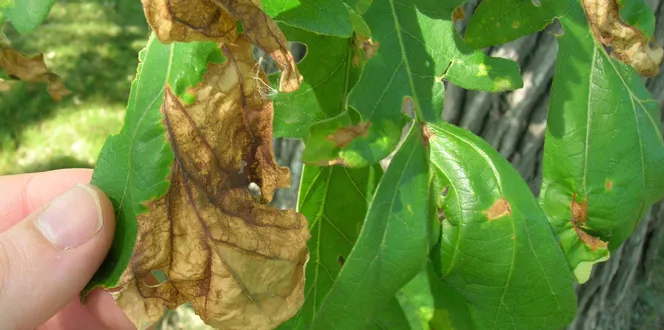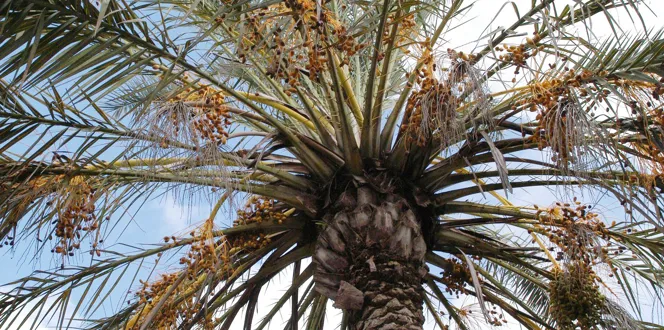Four years ago, Ron Linger of Ohio planted 100 blue spruce trees. His trees weren’t looking very good. A lot of the needles had dropped off the trees, and he noticed around the neighborhood several other trees were completely bare.
If you, too, see yellow, brown or bare spots on your spruce trees, they may have the same fungus affecting, Ron’s trees–Rhizosphaera needle cast. Learn more about what this fungus looks like, what it can do and how to control it.
Why Are My Spruce Trees Turning Brown & Dying?
Symptoms Of Rhizosphaera Needle Cast Disease
Tree check: Most often, this fungus attacks spruce trees, especially Colorado blue spruce trees (Picea pungens)and Engelmann spruce (P.engelmannii).
Then look for:
Yellow needles, typically on the lower branches, in mid-to-late summer
Formerly yellow needles turning brown to purple-brown during fall or winter
Brown needles beginning to fall, leaving large bare spots on trees that next summer or fall
Often starts at the bottom of the tree, on the inside, and works its way up the tree
If you think your tree is infected, look for small black spots lining the needles with a magnifying glass.
What Does This Do To Spruce Trees?
This is a very common fungus that affects trees after long stretches of wet weather or humidity.
Good news: You can control this fungus from doing too much damage. But, if left unchecked and untreated, this could eventually kill the tree.
Can You Treat Blue Spruce Needle Cast?
Existing damage cannot be reversed, but future infections to new growth can be prevented. The fungal spores can spread by water or wind to other branches or other nearby trees, and without providing protection, new growth will become infected, too.
Prune out what’s infected and protect what’s left.





